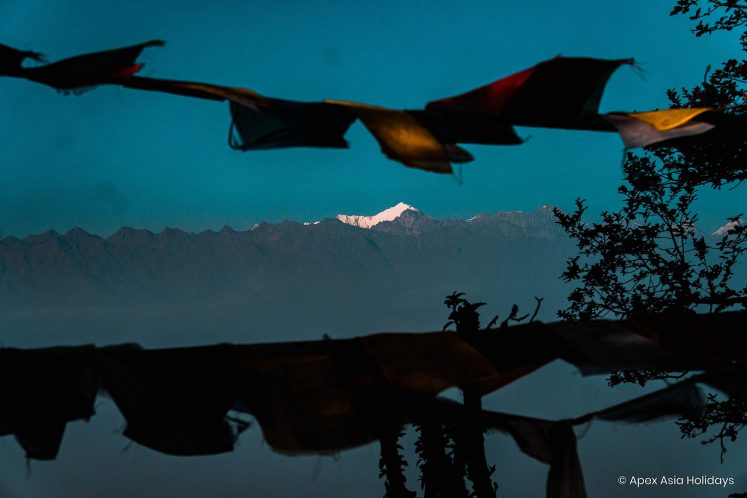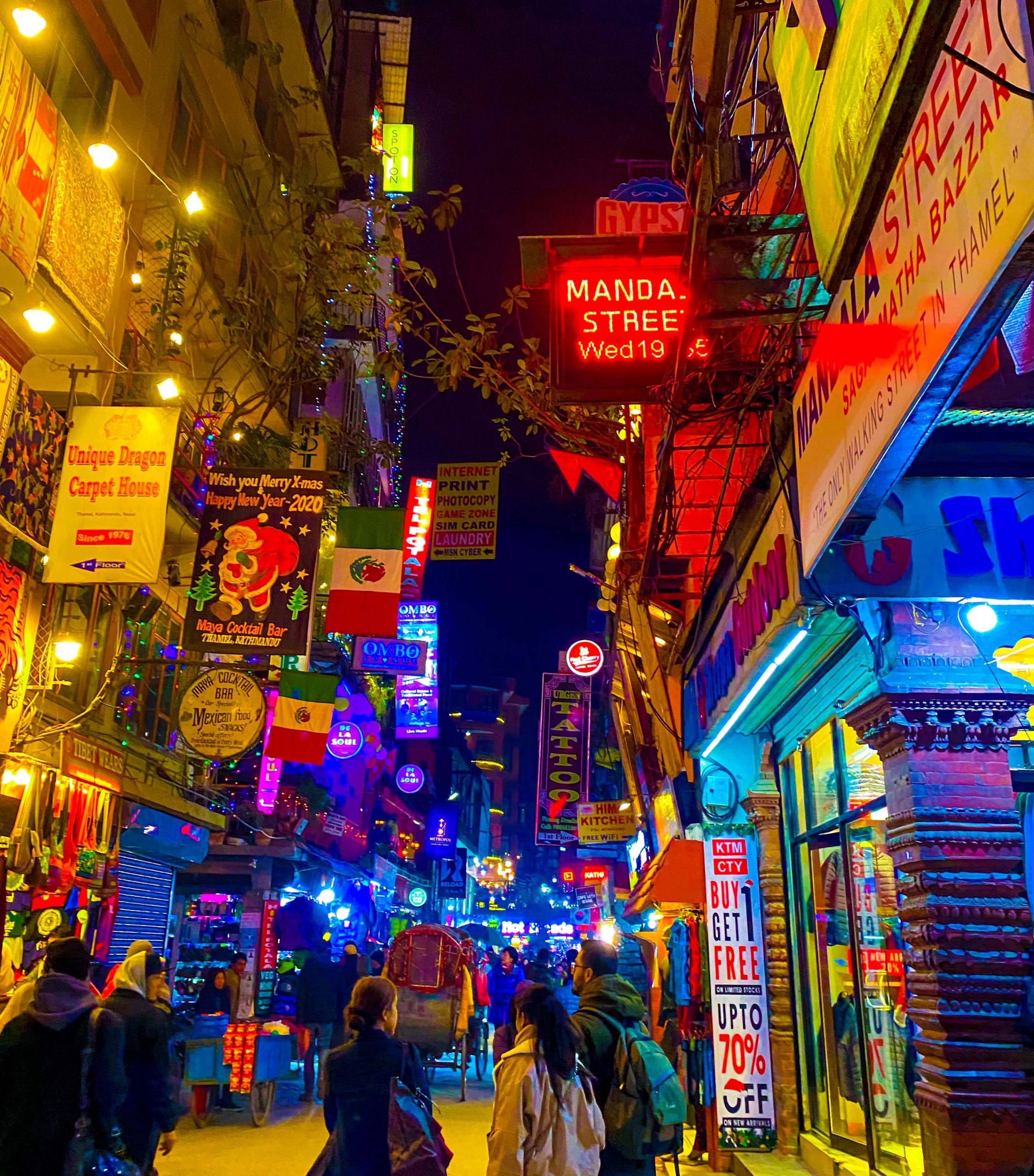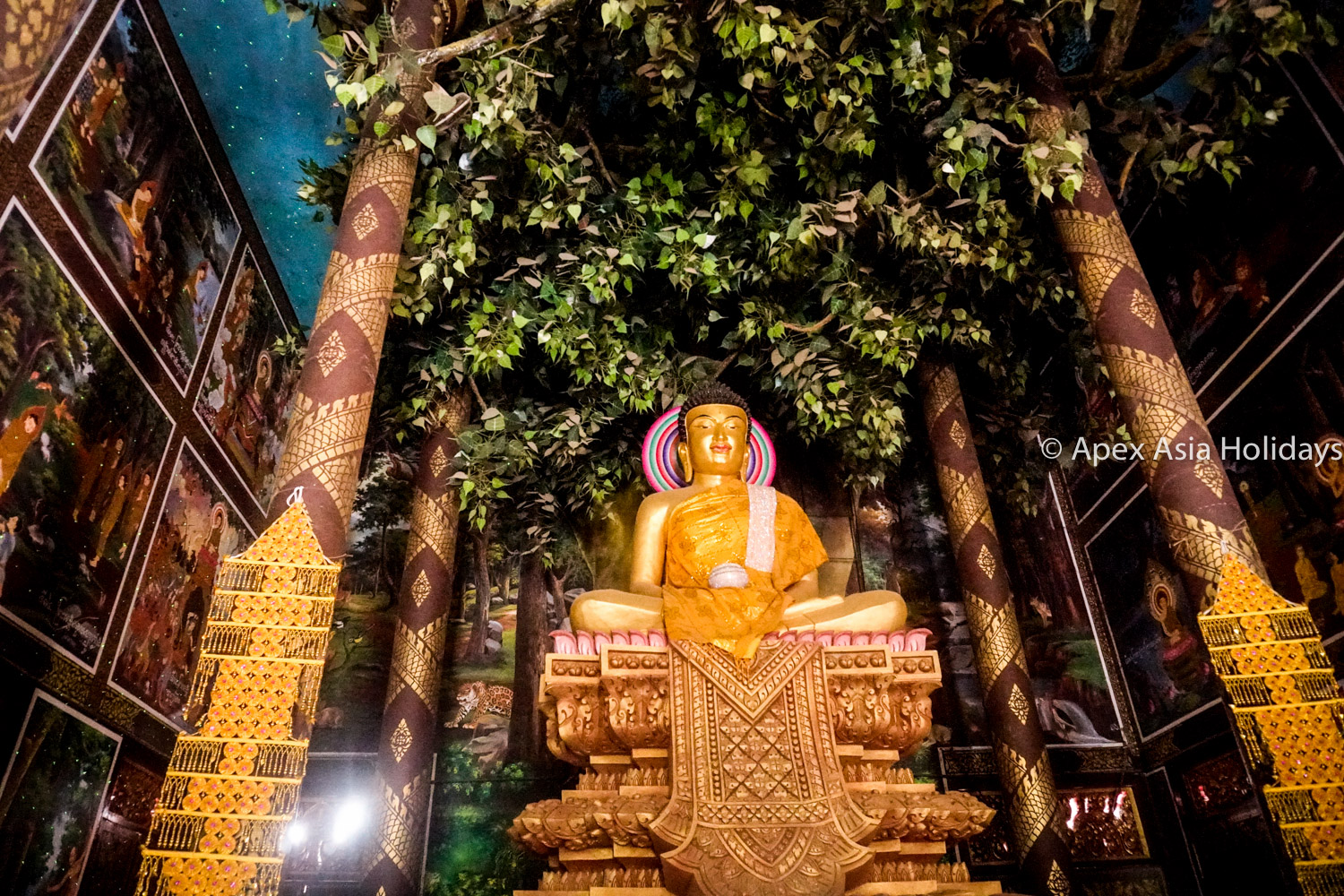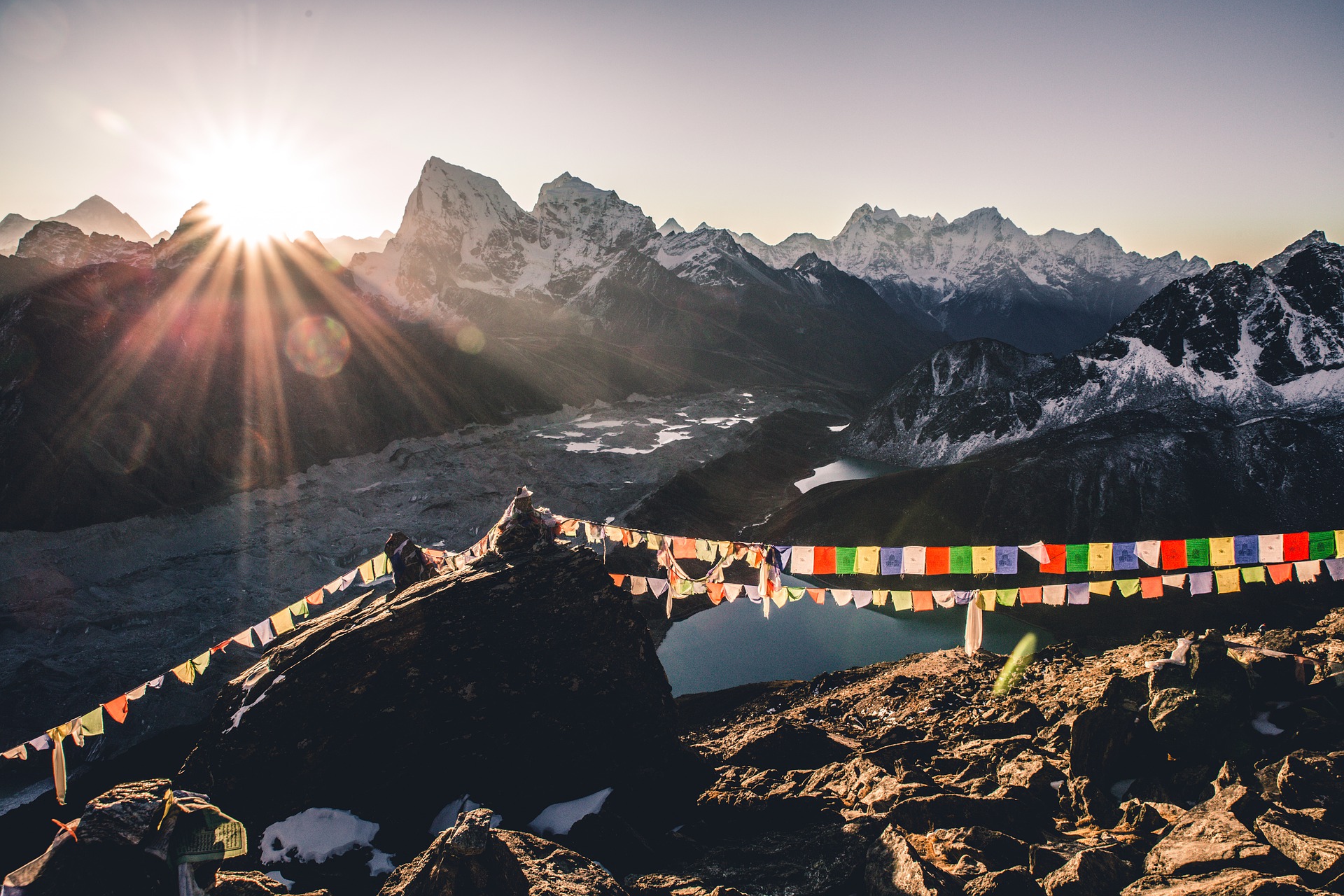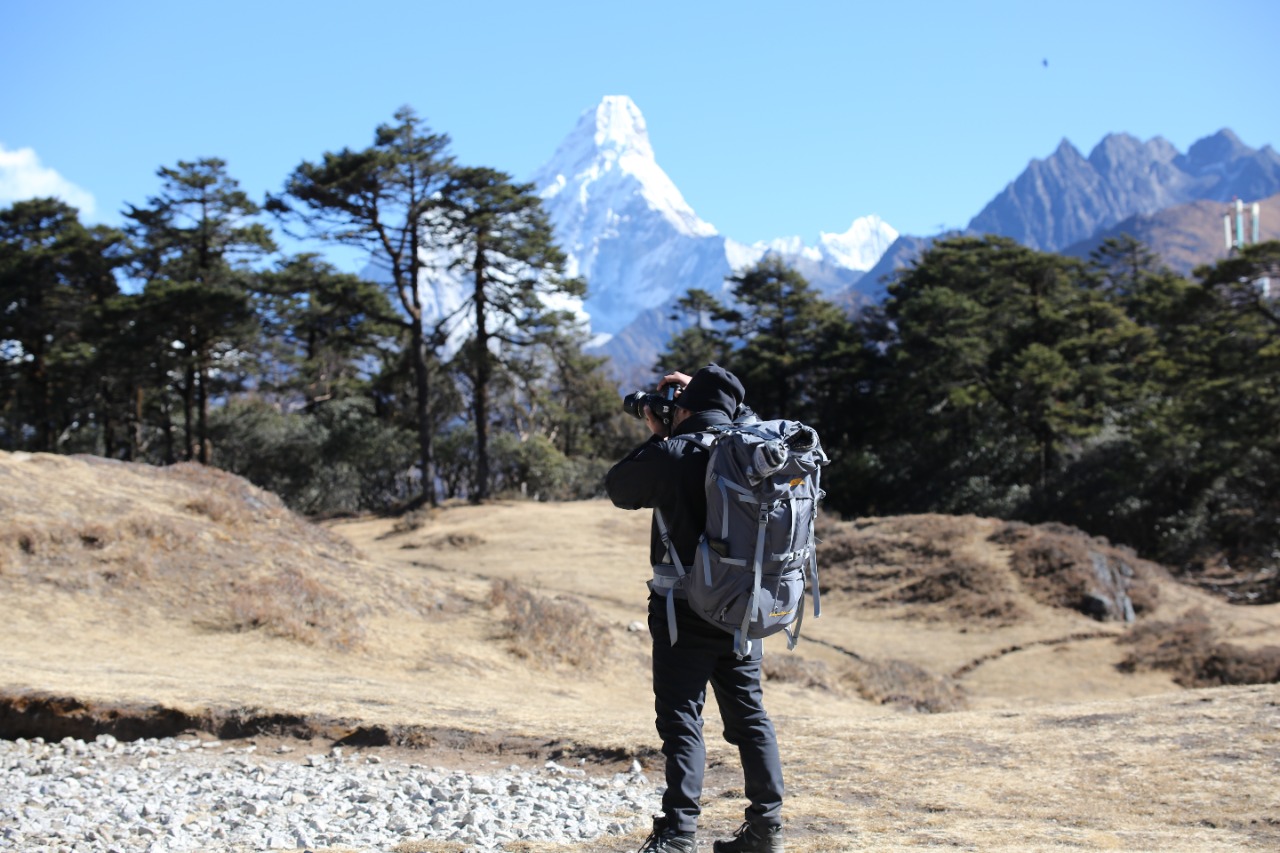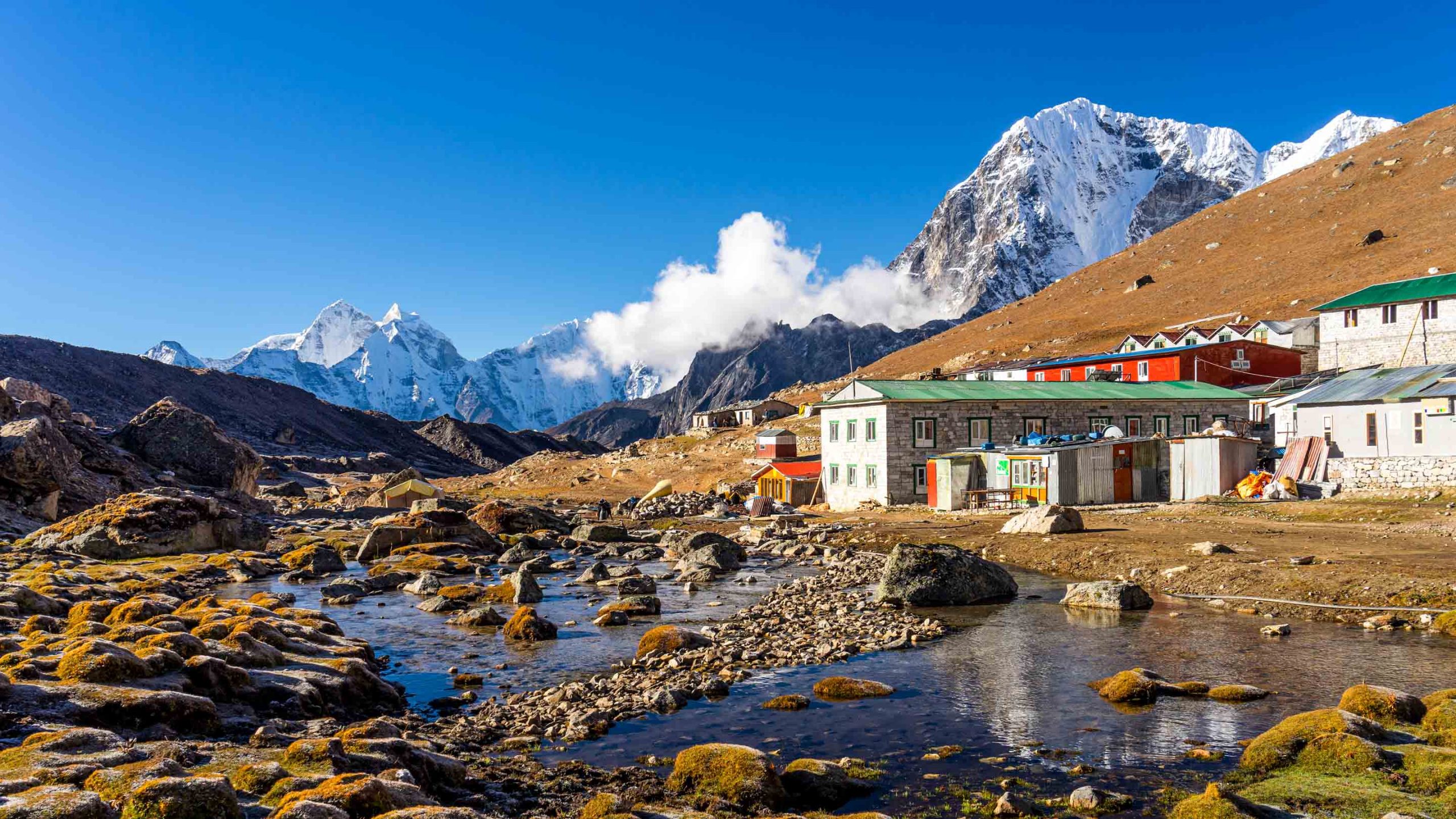There is so much to do and see in Kathmandu. It is hard to include all in a few days. The post aims to assist you with how you can see everything in Kathmandu in 3 days itinerary. Kathmandu itinerary can be the best choices for them because we have limited time and are interested in exploring the history, culture, and nature of Kathmandu. Similarly, the culture, history, and natural hike, we enjoy the time in food, museums to discover, and nightlife. For more details about the Kathmandu tour, the itinerary of Kathmandu valley Highlights is for you.
Kathmandu Itinerary
Day 01 – Historical Kathmandu
- Kathmandu Durbar Square
- Bhaktapur Durbar Square
- Patan Durbar Square
Day 02- Religious Tour
- Pashupatinath Temple
- Baouddhanath Stupa
- Swyambhunath Stupa
Day 03- Natural Tour/ Day Hike (One the them)
- Shivapuri Peak
- Jamacho Peak
- Champadevi
When you arrive at Tribhuvan Airport, you need to take care of the following things in Kathmandu.
- Purchase a SIM card for your phone. It is essential to be in touch either directly by telephone or via the internet.
- Get some Nepalese currency from the many ATMs around the airport/ hotel or cities.
There is a prepaid taxi counter for them who have not booked the program with any travel agency or hotel.
If you booked a trip, they send a representative with your Name details – check it on the arrival section. The representatives will be there with holding the name card on the arrival terminal.
Where have to visit in Kathmandu?
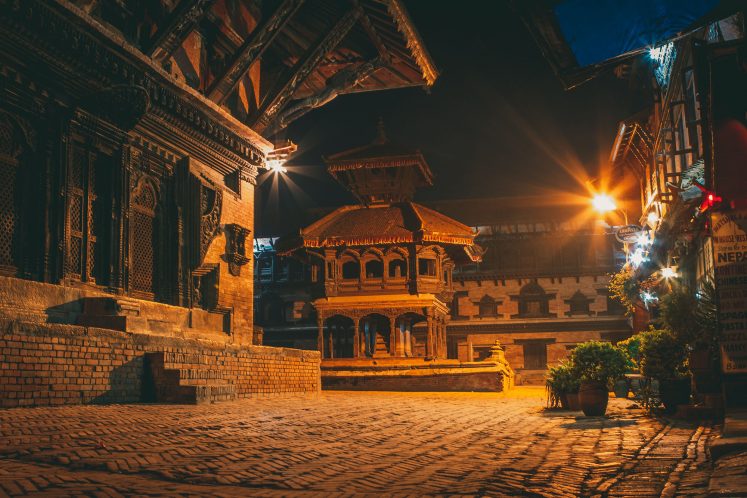
Historical Kathmandu
Kathmandu valley holding centuries dating back to history, and these histories blended with the culture and regions. That’s why each of the destinations is linked to each other, you find the ancient history as well as religious aspects and culture.
The prime destination that I have picked out from the viewpoint of a Tourist is 4 Royal Palaces and Museums, Religious Sites, and a day of hiking in Shivapuri National Park.
Kathmandu Durbar Square
Kathmandu Durbar Square lies in the central part of Kathmandu, just nearby the touristic town of Thamel Bazaar. Hanuman Dhoka is the old name and the way locals recognize it. It was the Royal Palace in medieval times but was not merely for the Royal activities but also a Center of administrative, cultural activities, and festivals.
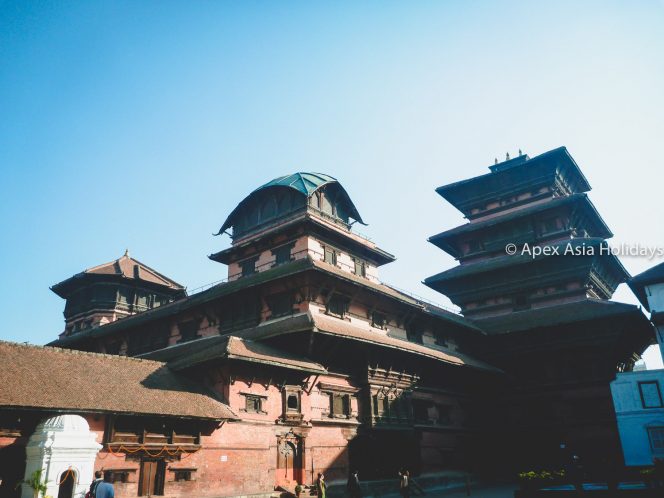
The historical buildings and temples in the area were erected from the time of King Ratna Malla (1484-1520AD) to Prithvi Bir Bikram Shah (1875-1911AD).
Why is it named Hanuman Dhoka?
Because a large red-painted statue of Hanuman is in the golden gate of the palace and it is believed that Hanuman is the Powerful protector.
Kathmandu Durbar Square
- Taleju Temple – 1562AD by Mahendra Malla
- Krishna Temple – 1649 AD by Pratap Malla
- Jagannath Temple – 1563 AD by Mahendra Malla
- Stone Column – Pratap Malla
-
Degutalle Temple – 1671 AD King Shiva Sing and renovated by King Pratap Malla
- Hanuman Statue – 1672AD by King Pratap Malla
-
Shiva- Parvati Temple – by Rana Bahadur Shah
- Big Bell – 1779 AD King Rana Bahadur Shah
- Kal Bhairav – by Pratap Malla
- Maju Dewal – built during the 17th century
- Trilokya Mohan Narayan – built during the 17th century
- Kumari Ghar – 1757 AD by King Jaya Prakash Malla
- Basantapur Durbar – 1770 AD by King Pritivi Narayan Shah
- Gaddi Baithak – 1908 AD by Chandra Shumsher
- Kasthmandap – built during the 12th century
- Ashok Vinayak –
- Dhansa – 1637 AD by Pratap Malla
Patan Durbar Square
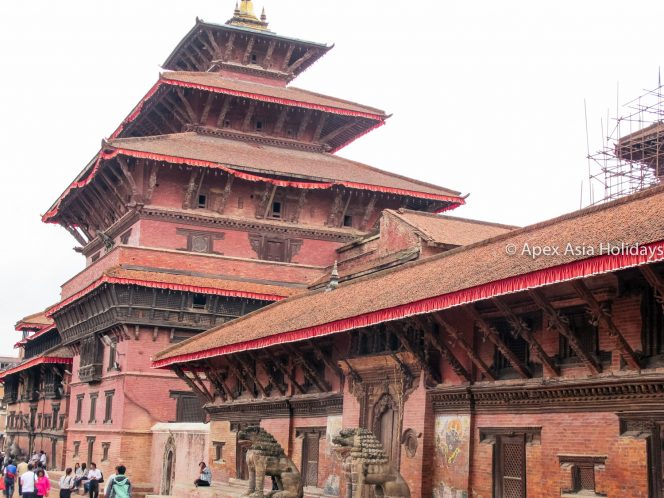
Patan is also known as Lalitpur – which means the city of the art. It is located across the river Bagmati – about 7-8km from Thamel. This city was founded in the 3rd century by King Veera Dev and has the distinction of being the home of the finest craft and is considered the oldest of all three cities of Kathmandu valley. Most of the monuments in this square date back to the medieval Mall period from the 16th to 18th century – Credited to King Siddhi Nar Singh Malla, Shri Niwas Malla, and Yog Narendra Malla.
Patan Durbar Square
- Main Chowks (Courtyard) 1647 AD Patan Durbar Square
- Bhimsen Temple
- Vishwanath Temple
- Krishna Mandir – 17th century by King Siddhi Narshing Malla
-
Stone Column – King Yog Nagendra Malla
-
Jagannath Temple –
-
Harisankhar Temple – 1704 AD Yog Nagendra Malla
- Taleju Temple -by King Siddhi Narshing Malla
-
Golden Temple – 12th century by King Bhaskar Varma
-
Kumbheshwor – 14th century by King Jayasthiti Malla
-
Mahaboudhha – 15th century – Architech by Avaya Raj
Bhaktapur Durbar Square
Bhaktapur meaning the city of devotees was founded by King Ananda Dev in 1197AD according to the Gopal Raj Vamsabali even though the existence of the city could be traced back to the Lichhavi period (175 to 750 AD). The Durbar Square was the seat of the Malla Kings and the present structures were erected from the 12th century to the 18th century. Bhaktapur is about 20KM from the center of Kathmandu.
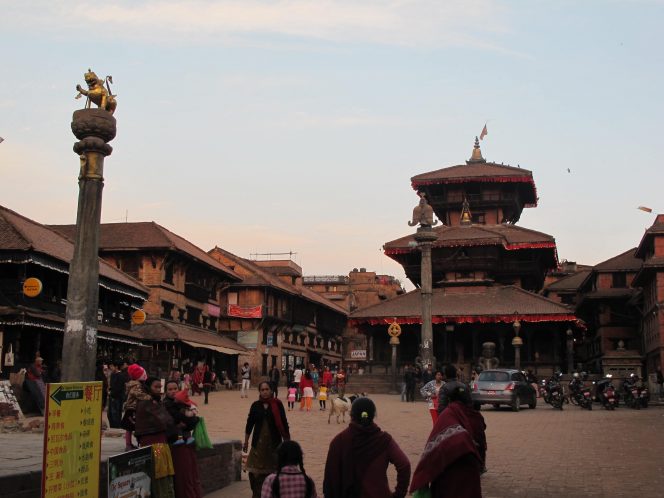
Bhaktapur Durbar Square
- The Lion Gate – 1696AD King Bhuptindra Malla
-
Golden Gate – 1754AD by King Ranjit Malla
- Four Pilgrimage Sites – Jaganath, Kedarnath, Rameshwor, and Badrinath
- Stone column – by King Bhupatindra Malla
- 55 Windows Palace – 1427AD by Yakshya Malla
- Vastala Temple – 17th century by Jaya Ranjit Malla
- Yakcheswor Mahadev – 1480AD by King Yakshya Malla
Taumadi Square
- Nyatapola
- Bhairab Nath Temple
- Teel Mahadev Narayan Temple
Dattatrya Square
- Dattatray Temple
- Bhimsen Temple
- Pujari Math
Pashupatinath Temple
The meaning Pashupatinath is Lord of Animals and is considered to be the patron deity of Nepal and India. It is considered the holiest site for Hindus all over the world.
Pashupatinath temple is a pagoda-style two-tiered golden roof with exquisitely carved four silver doors containing in its sanctum a phallic idol with four faces facing each direction and the other fifth one looking up toward the zenith. The temple is dedicated to Lord Shiva and the present site by Lichhavi king Supusha Verma. However, the present temple was built by King Bhupalendra Malla in 1697AD.
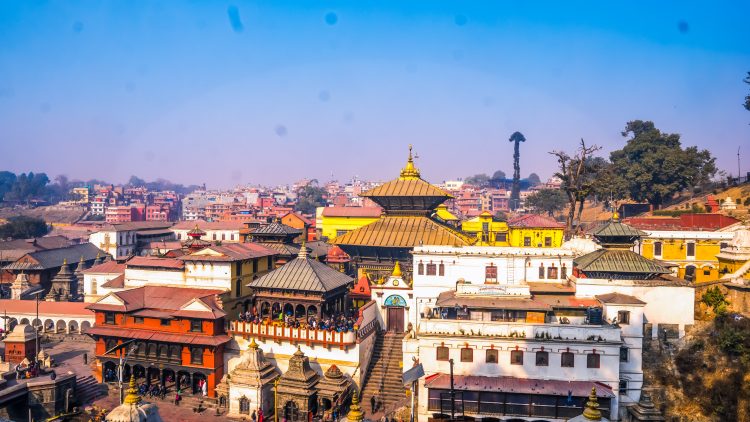
Swayambhunath
Swayambhunath Stupa follows the Vajrayana form of Buddhism which is a tantric variation of the Mahayana Buddhism. The stupa was constructed during the Lichhivi Period.

Swayambhunath
- Harati Temple
- Anantapura and Pratapura
- Bajra Dhatu Mandala
- Forms and Buddhas and their consorts
Boudhanath Stupa
Boudhanath Stupa is the biggest stupa in Nepal, it lies about 5KM east of the center of Kathamndu, Thamel. The stupa stands on a three-tiered platform raised over the crossed rectangles to bring out the yantra form. The stupa has believed to have been built in the 5th century A.D during the reign of the Licchivi Kings.
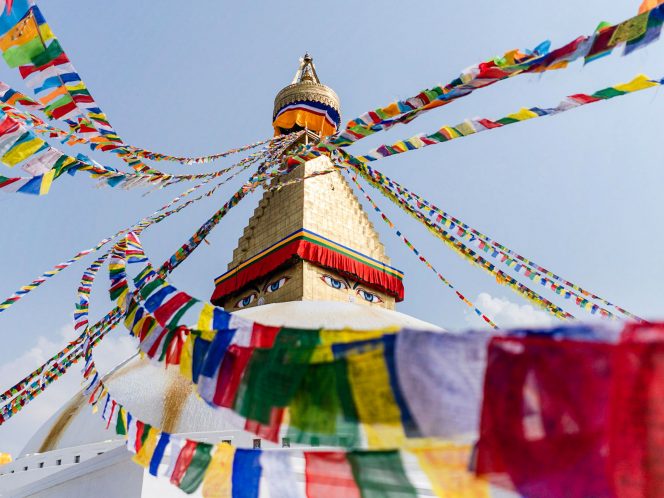
Shivapuri Peak Hike
Shivapuri Peak Hike is the greatest and also full-day hiking trail in Kathmandu.
- Location: Northern Part of Kathmandu
- Hike Start Point: Budhanilkantha
- Elevation: 2730m/ 8,957 Feet
- Shivapuri National Park is home to 177 species of birds, 102 species of butterflies, and 129 species of mushrooms.
The surveys have recorded the existence of Indian Leopards, Himalayan Black bears, Deer, Wild Boar, and more in the park. Shivapuri Peak Hike is the best warm-up before heading into the higher mountains trekking. And, also good for them we are doing City Tour, Cultural Tours in Nepal. Shivapuri National Park is home to the source of the holy Bagmati River. Budhanilakantha is the starting point and takes about 3-4 hours to hike. The summit offers spectacular views of the Ganesh Himal Range, Langtang Range, and Jugal Himal range.
